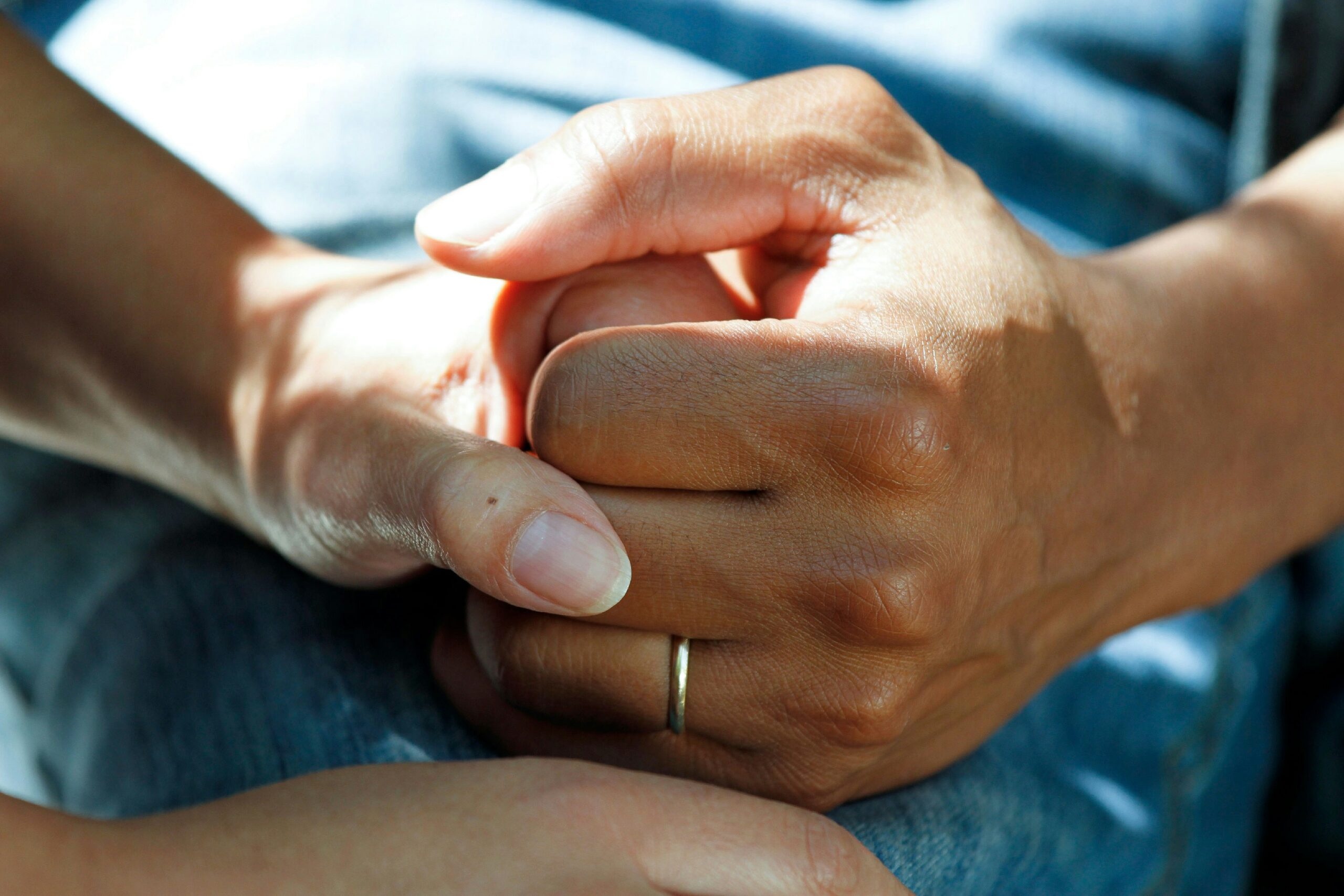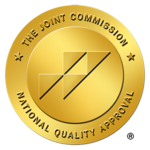Depression and Addiction: St. Louis Dual Diagnosis Treatment
Depression and addiction are common co-occurring disorders, or disorders that occur at the same time. These conditions can interact and impact each other, adding complexity to treatment and recovery. However, at Engage Wellness in St. Louis, we understand the complex interplay between these conditions and take an integrative approach to mental health and addiction treatment.
What Is Depression?
Depression, or major depressive disorder, is a common and serious mental disorder that negatively affects the way a person feels, thinks, acts, and responds to the world. According to a 2023 national survey, nearly 3 in 10 adults (29%) have been diagnosed with depression at some point in their lives.[1] Depression is more common among women and younger adults, but anyone of any age can experience depression.
The symptoms of depression can vary but may include:[2]
It’s important to note that feeling depressed from time to time is common. Depressive disorder is more severe and pervasive, with symptoms that occur most of the day, most days, for longer than two weeks, and symptoms that negatively impact day-to-day life.[3]
There are other types of depression outside of major depressive disorder, including:[4]
Drug Addiction and Interaction with Depression
Addiction and depression can often occur at the same time, often exacerbating each other. The symptoms of depression may lead people to self-medicate with drugs or alcohol to feel happier, numb emotional pain, or become more comfortable in social situations. Over time, this can lead to drug or alcohol dependence or addiction.
Similarly, a substance use disorder (addiction) can contribute to the development of depressive symptoms by influencing brain chemistry and affecting mood. It becomes more difficult for people engaging in substance abuse to feel pleasure without the use of substances.
In addition, there are some common risk factors and overlapping symptoms that can make it challenging to understand which condition came first and which symptoms are caused by which condition. Treating depression and addiction dual diagnosis requires an integrative approach that addresses each condition and the interplay between them, rather than treating them as singular disorders one at a time.

Causes of Depression and Addiction
Depression is a common disorder, but experts still aren’t sure of the exact causes. There are some contributing factors, however:
Like depression, addiction has several possible contributing factors, including environmental factors like family influence with substances or peer groups, genetics, and certain brain chemistry. People with mental health disorders like depression are also at an increased risk of developing a substance use disorder, and some substances can worsen depression with chronic use.
Statistics About Depression and Substance Use Disorders
Depression and addiction commonly co-occur, adding to the challenges people face in recovery. About half of those who experience a mental illness will also experience a substance use disorder, and vice versa.[9] People with mood disorders, such as major depressive disorder or bipolar disorder, are about twice as likely to struggle with addiction.[10]
Research from the Substance Abuse and Mental Health Services Administration (SAMHSA) reports that about 17 million adults in the U.S. had co-occurring mental health and substance use disorders in 2020.[11] The National Survey on Drug Use and Health (NSDUH) also indicates that 7.7 million adults in the U.S. had both a mental health disorder and addiction in 2018, with depression and addiction being one of the most common.[12]

Dual Diagnosis Addiction and Depression Treatment Centers in St. Louis
Dual diagnosis treatment at Engage Wellness offers multiple levels of care. Each level of care is tailored to the level of support and supervision you need at each stage of recovery.
Treatment plans are individualized, but these are some of the common therapies we use for dual diagnosis treatment:
01
Family therapy for depression and addiction involves loved ones in the recovery process to improve communication, rebuild trust, and address relationship dynamics that may contribute to mental illness.
02
Group therapy for depression and addiction connects recovery peers going through similar challenges to foster peer support, accountability, and shared coping strategies and reinforce healthy social interactions.
03
12-Step groups for depression and addiction with peer-led recovery programs like Alcoholics Anonymous (AA) follow a structured approach to overcoming addiction and managing co-occurring depression.
04
Cognitive behavioral therapy (CBT) for depression and addiction provides a structured, evidence-based approach that helps individuals identify and change negative thought patterns and behaviors.
05
Dialectical behavioral therapy (DBT) for depression and addiction was originally developed to help people with intense emotional responses and teaches skills like mindfulness, emotional regulation, and distress tolerance.
06
Eye movement desensitization and reprocessing (EMDR) therapy is a trauma-focused therapy that helps with processing and healing from distressing memories. EMDR is especially beneficial for people with depression and addiction stemming from unresolved trauma.
07
Holistic treatment for depression and addiction focuses on a whole-person healing approach by integrating therapies like meditation, yoga, nutrition, art therapy, and more, to support emotional wellbeing and relapse prevention.
08
Veterans programs provide tailored treatment for military veterans and their unique challenges, including post-traumatic stress disorder, combat trauma, and reintegration challenges.



